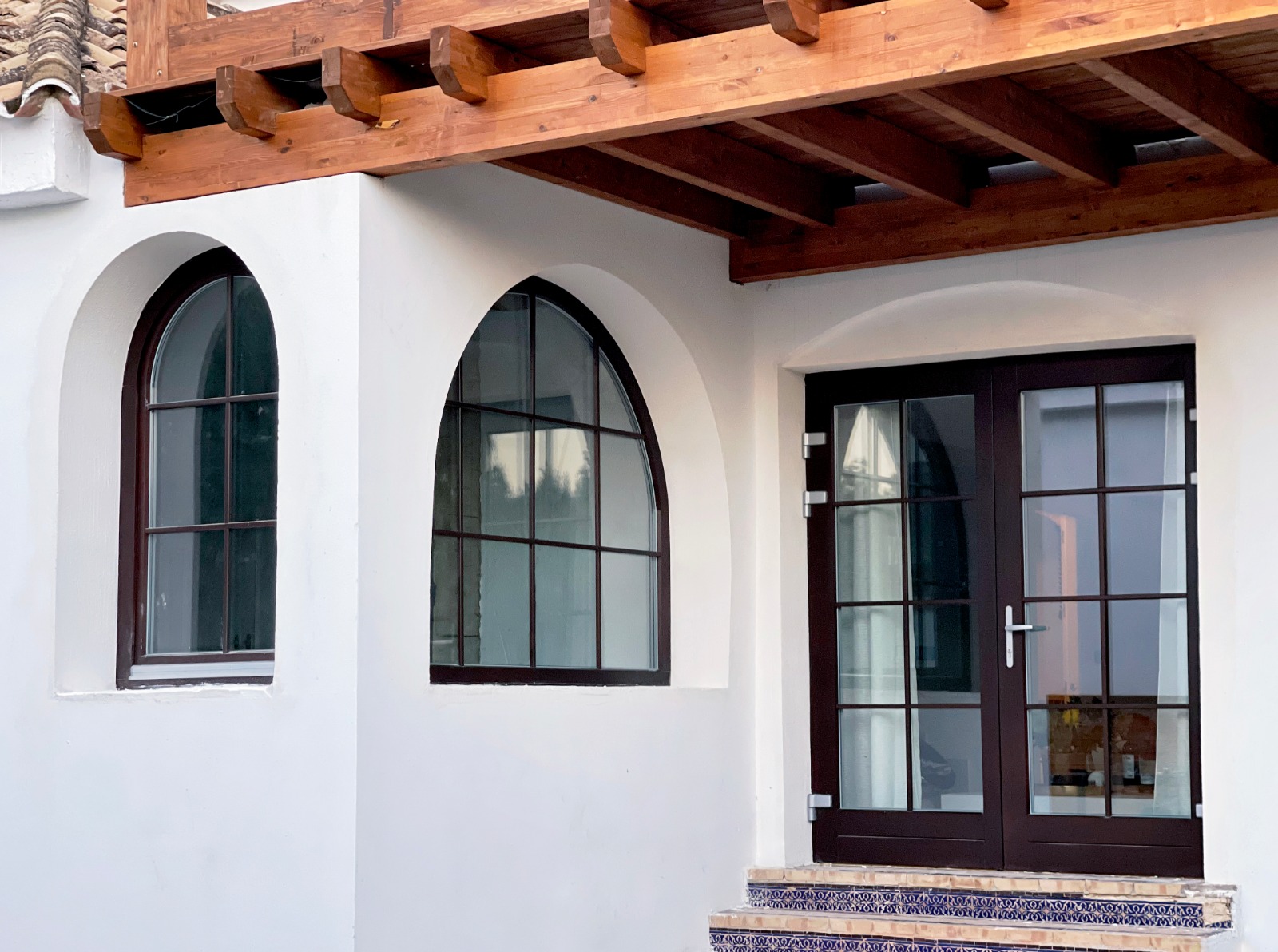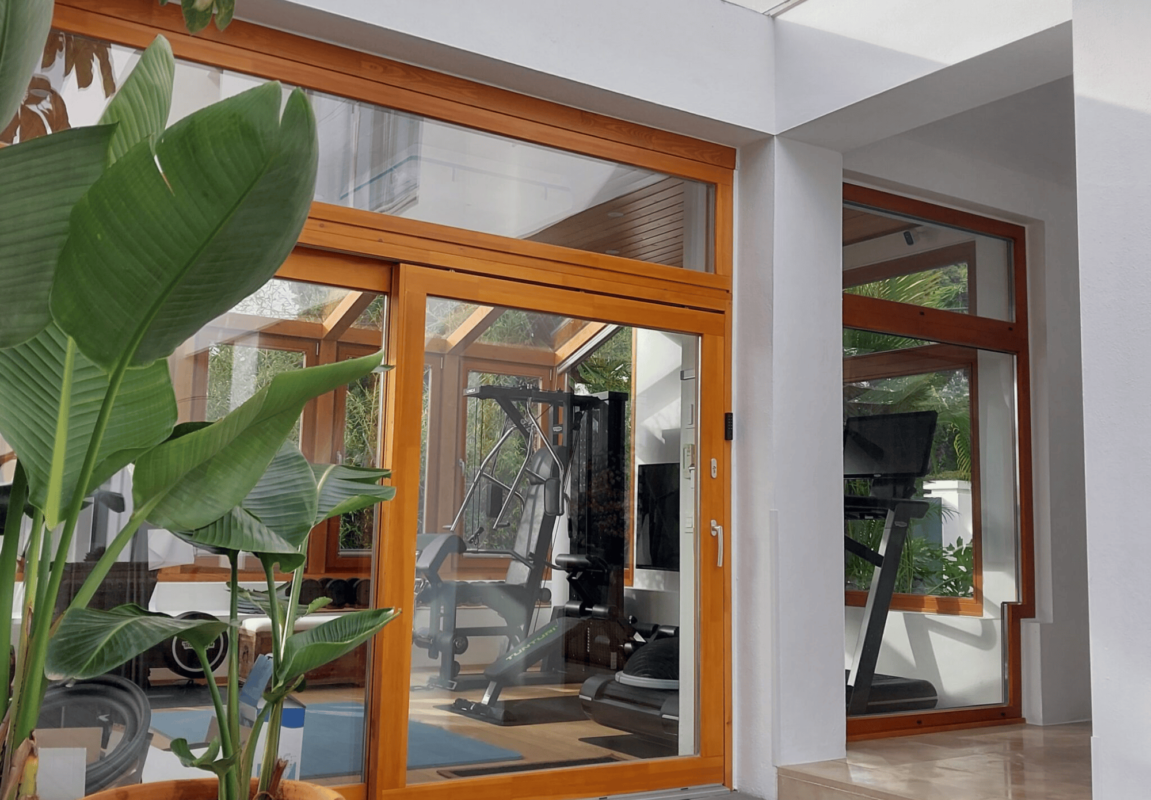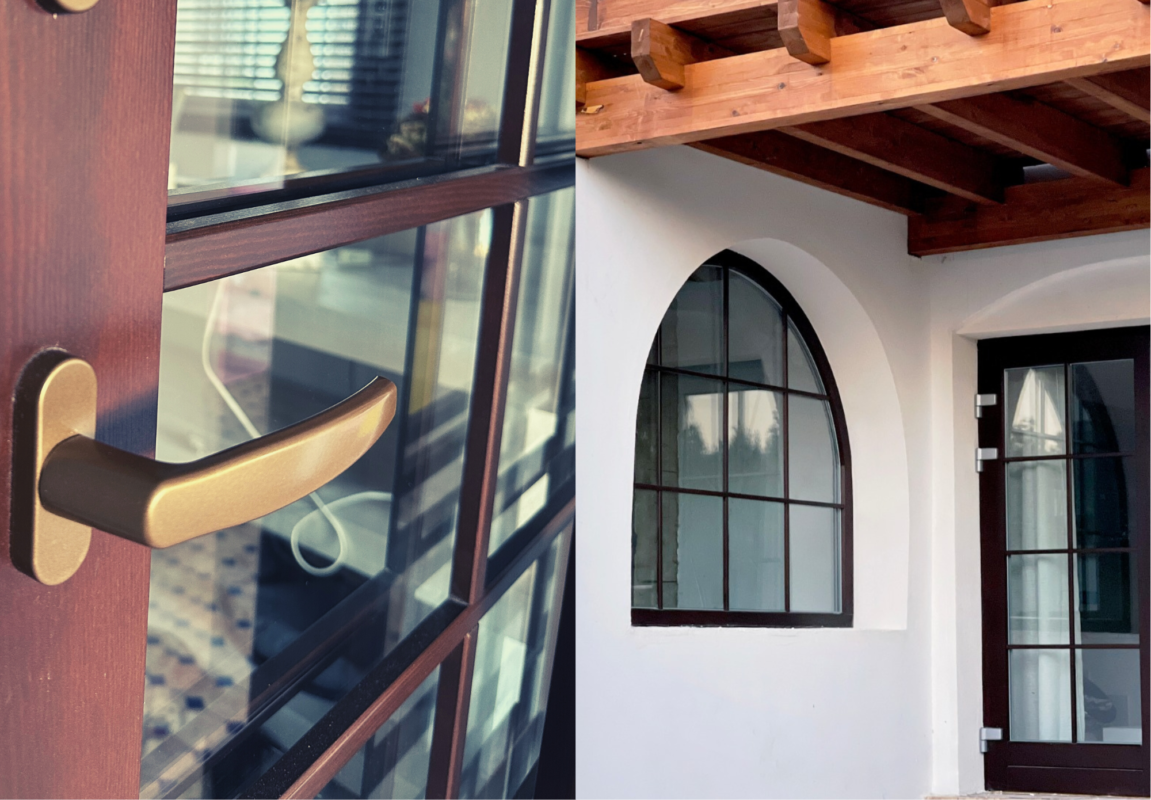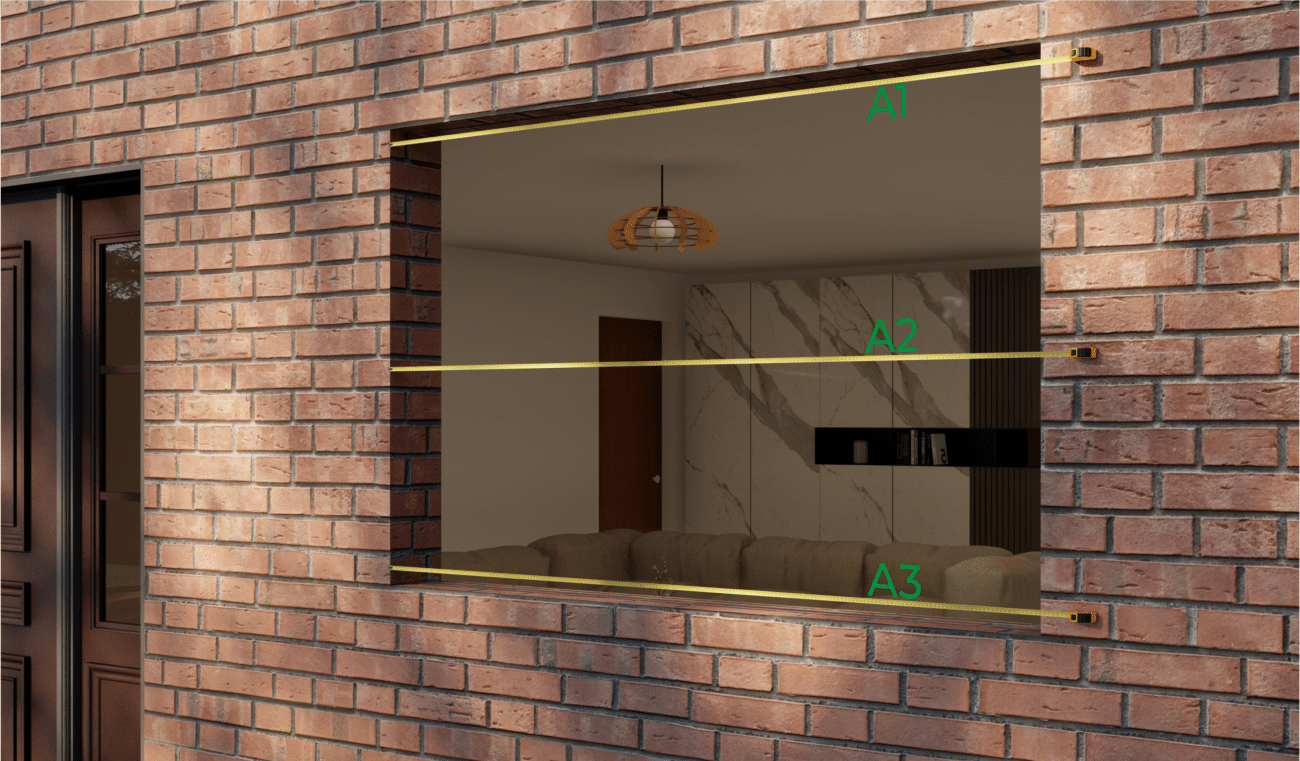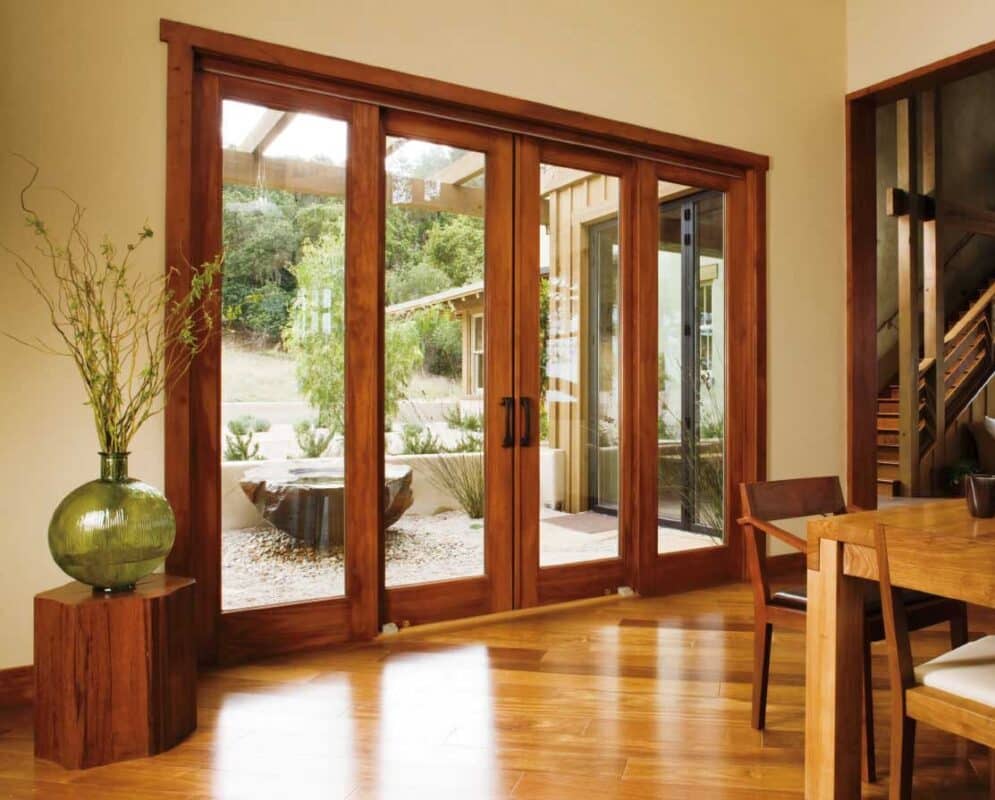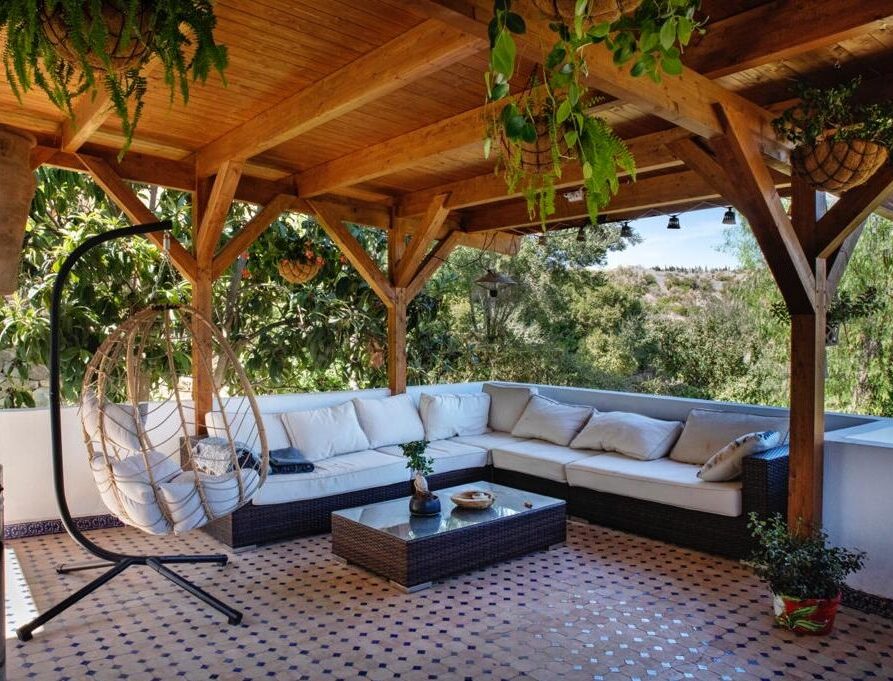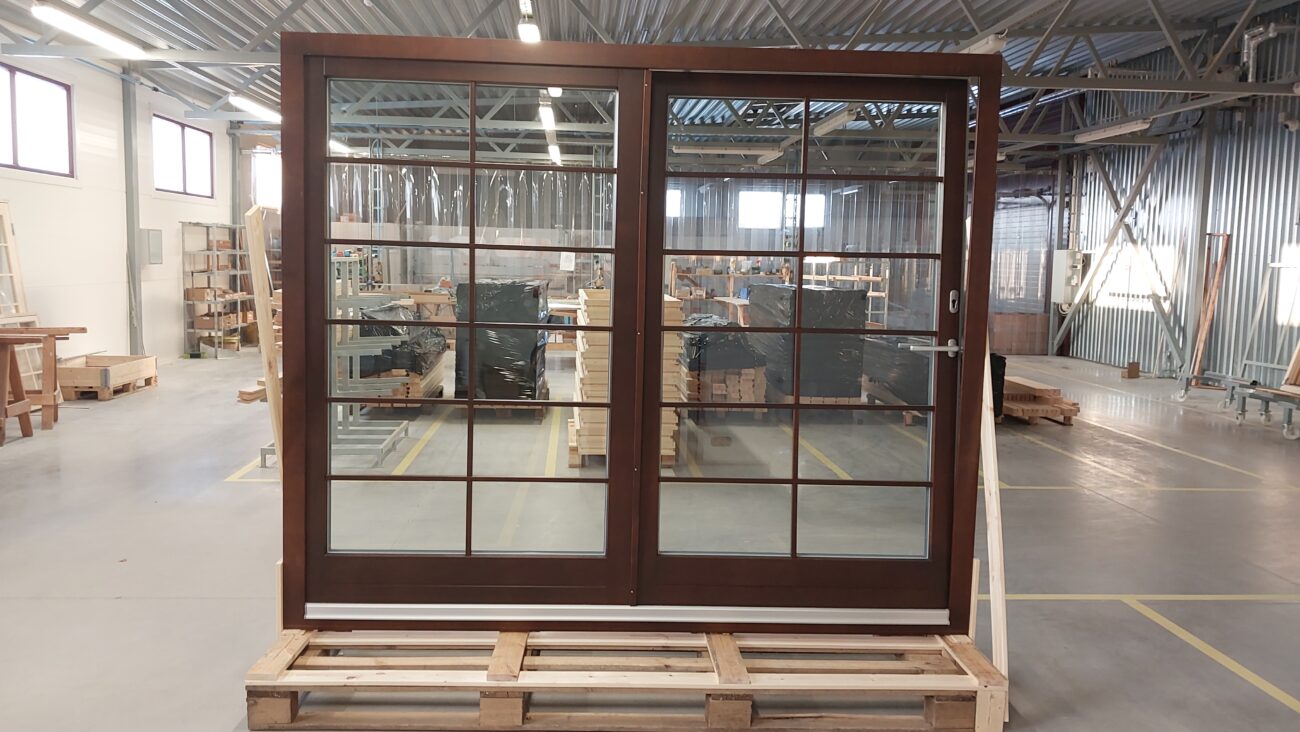Investing in new windows and doors can be daunting knowing where to start. It is also not something you want to get wrong as this will be an expensive mistake! So, we have put together 8 important things to consider when ordering new doors and windows to help you achieve the best results for your project. Whether you are replacing old doors and windows or specifying for a new build property, these are the things to consider before you order.
1. Design
We are all used to seeing doors and windows in buildings and often probably don’t pay much attention to them as they are just a necessary part of the building. However, now that you are looking for new windows and doors, take a fresh look when you walk around and look at houses from the outside or inside. With this new focused look, you will be surprised how big the impact of windows and doors is on the overall appearance. You will likely see some that if changed for a different type or style would really improve the buildings appearance and maybe you will see some that give you inspiration.
The style, the color and the size of windows and doors give you a lot of choices to play with and decisions to make. If you would like the final outcome of your project to be more contemporary looking then you may consider larger glass surfaces and maybe even increase existing window holes. Make standard patio doors into large bifolding or sliding doors for example. Traditional houses look great with casement or even sash windows and Georgian window bars give a period feel. This is the type of flexibility you get with bespoke wooden windows.
Finally, your new doors and windows can be painted in any color. You can choose one of our standard colors or send a RAL code of your chosen color.
2. Budget
Besides the door and window features and functions that have an impact on the price, there are other significant costs that you should also keep in mind. If you are replacing old windows, then first of all you need to remove the old units and dispose of them. Depending on the buidling and windows, removing the old windows can be a significant amount of work and together with scaffolding, disposal and works to repair render etc may be as much work as installing the new windows themselves. Another two extra costs you need to keep in mind are of course the installation itself and then the plastering and painting work to even up and finish the door- and window openings / sills. All these works must be included in the budget, unless you are capable of carrying out these works yourself.
The final price of wooden windows and doors mainly consists of two main features that have the most impact on the price: glazing material and hardware.
For double glazed windows you can choose from 3 to 6 mm thick glass, ordinary glass, tempered (toughened glass), selective glass or laminated glass. The price of these different glazing types varies as does which glass is suitable for the purpose. The type of glass to use depends on the window size, location, required safety level and other circumstances. If you are unsure of the differences and what glass type to use then consult a professional who can advise. Then you can decide, what is the best glazing option for your project. You can read more about glazing options at „What glass should you choose for windows and doors“.
Door and window hardware varies considerably in price. Factors affecting the price differences can be the hardware brand, country of production and of course quality. It is no surprise that a European made product compared to „Made in China“ products can sometimes have a remarkable price difference, but so does the quality. In our opinion, if you buy the windows and doors that you intend to use for years, then you should not buy cheap hardware. The user comfort and longevity of quality hardware is very different to cheap mechanisms.
3. Functionality
For functionality we would like to point out how important it is to think through your project so that the doors and windows will be practical, user friendly and comfortable to use when fitted.
When you are planning the windows, think about which ones and where should be openable and which ones can be fixed windows. Fixed windows are cheaper, and at the same time more thermal resitant. For larger casement windows, which can be configured in many ways, you need to decide which panes you would like fixed and which you would like to have opening.
Similarly for doors, you should work out your door plan. For some entry and exit points you may consider sliding doors instead of French doors. Sliding doors are very practical for places where there is a lack of space for normal door sheets to open or for doors that you may keep open for longer periods every day such as in a garden facing breakfast room. For doors that you keep closed most of the time or you are opening and closing them frequently, then usually French doors are more convenient. The other very important thing to pay attention to for both French and sliding doors, is which door sheet is the active one and which one is the passive door sheet. In other words, from which side you open the door.
In order to plan all these above mentioned features and get it right, you need to see the big picture with where and how you will place furniture and the everyday life activities around the building.
4. Security
Home and office safety also consists of safe doors and windows. Required safety levels of doors and windows depends on a number of factors, such as type of property, location of doors / windows and usage. The higher the safety requirements in general the more you should pay attention to the safety performance level of your doors and windows.
Safety of your doors and windows comes mostly from two factors: door and window hardware and locking systems, and then the glazing material.
Choosing a multipoint locking system, quality materials from a reliable European brand, you will ensure that the safety and security of your doors and windows is there.
The glazing in doors and windows is perhaps an even bigger safety consideration. Here we are talking about thickness of the glass and type of glass. It is obvious that the thicker the glass, the more difficult it is to break. But, there are also other more important features that impact the strength and reaction if broken. For example, tempered (toughened) glass is approximately three times harder to break than ordinary glass. Laminated glass, which is also used for cars, holds together even when shattered. In the event of one of these panes breaking, it is held in place by a thin 0.1 mm polymer interlayer.
5. Thermal Performance
With todays high energy costs the energy efficiency and thermal performance of your doors and windows has never been more important. Energy efficient windows can easily reduce your electricity bills on heating and cooling by 30% or more.
There are four main areas where your doors and windows can leak and create heat loss/gain:
Gaps between the window/door frames and window/door holes. Make sure that any gaps are filled tightly and there is no air leakage there.
Seals for doors and openable windows must be good quality and close tightly without leaving air gaps.
The material used to make the door and window frames and any non glass parts should be a low conductivity material. Since we are talking about wooden windows and doors, wood is a material with low conductivity which ensures great thermal performance, especially compared to uPVC, which has much higher conductivity.
Thermal resistance varies depending on the glazing used in doors and windows. The lower the U-value the higher the thermal resistance and the less you spend on energy bills. Double glazing with an inner glass pane made of selective glass and filled with argon instead of air between glass panes ensures a very low U-value of 1.1. Two ordinary glass panes with air filled gap between the panes will increase the U value to 2.6 – 2.8. This shows the scale of impact of installing different glazing types in your doors and windows.
6. Noise Reduction
Depending on the location of the property, traffic on the street and maybe even your neighbours, you may like to consider windows and doors that reduce the incoming noise from the outside.
Most of the features that raise the U value and reduce efficiency like air gaps and poor seals, also have a negative impact on the noise reduction. The thicker the glass, the better the noise reduction.
So, if you would like your new windows to reduce the incoming noise, you should consider having thicker glass in doors and windows.
7. Timing
Working out design, then the production and delivery of your new bespoke doors and windows usually takes between 5-8 weeks. This lead time is useful to keep in mind, when you plan the removal of old windows and other works on your property.
8. Warranty
Pay attention to whether the warranty is given on the entire windows and doors, including wood as well as door and windows mechanisms. The Warranty period should be no less than 3-4 years, although quality bespoke wooden doors and windows will serve for 25-30 years or more. They may need a little maintenance sometimes, replacing seals for doors and opening windows maybe once in 5-6 years, repainting once in ten years or some other small job.
We hope you found this guide useful and that it will help you to make the best of your doors and windows project.



